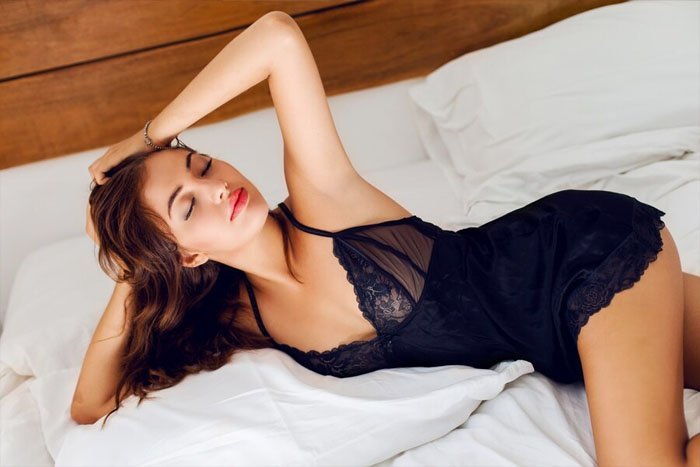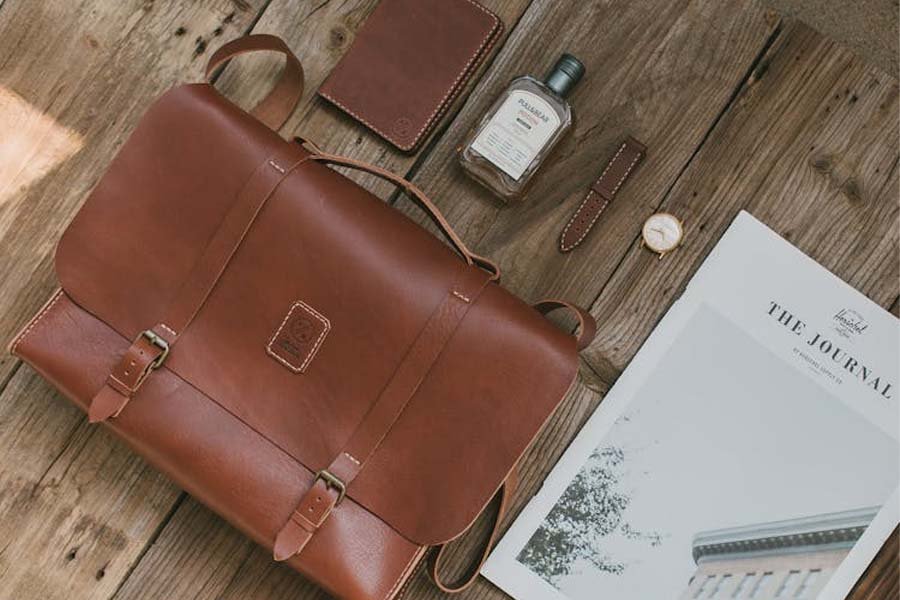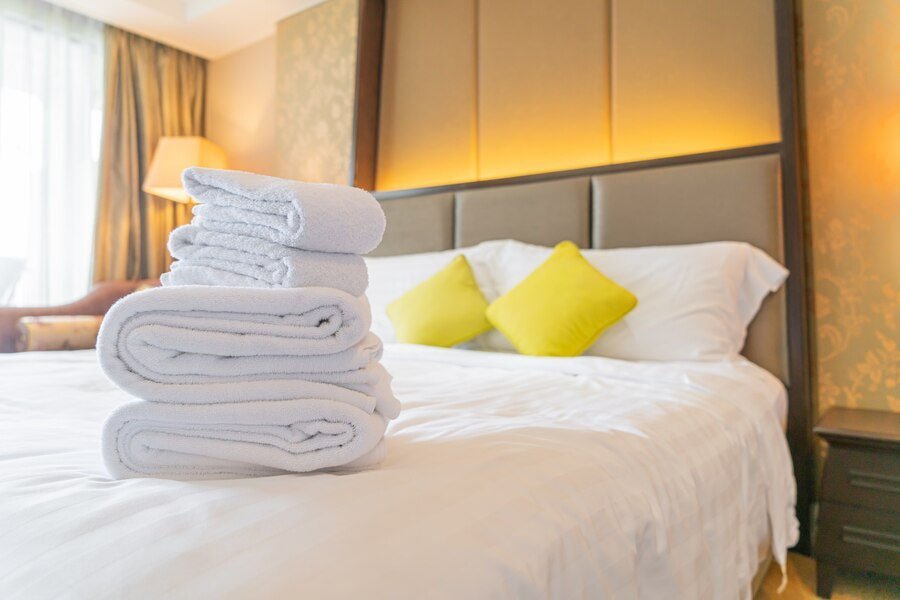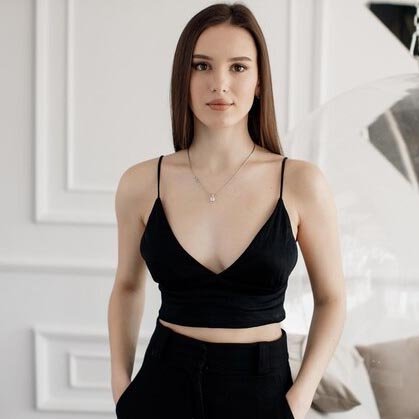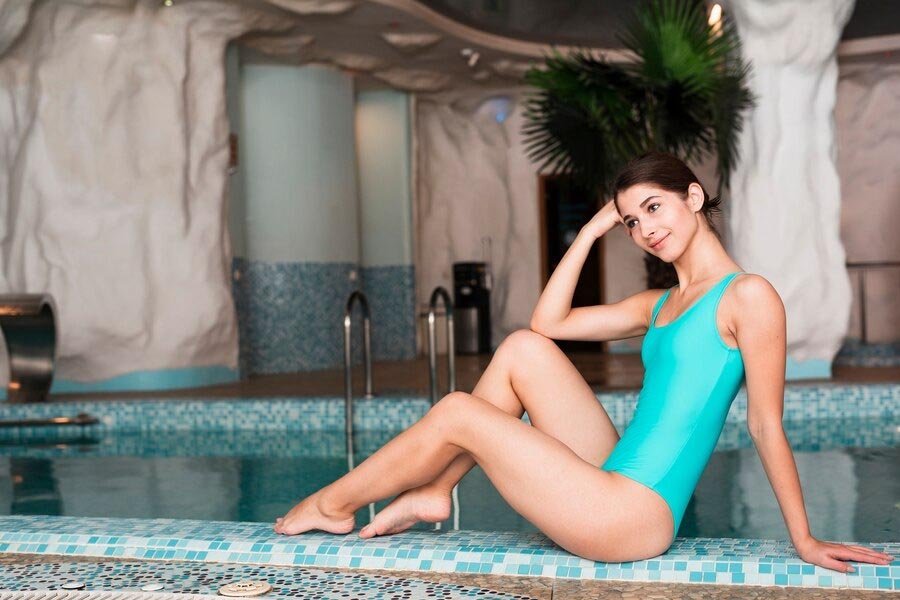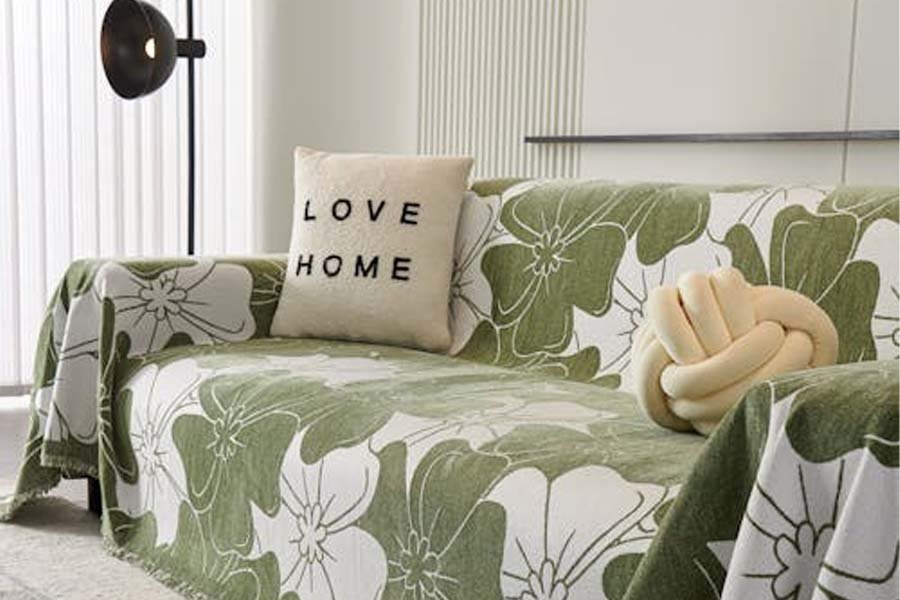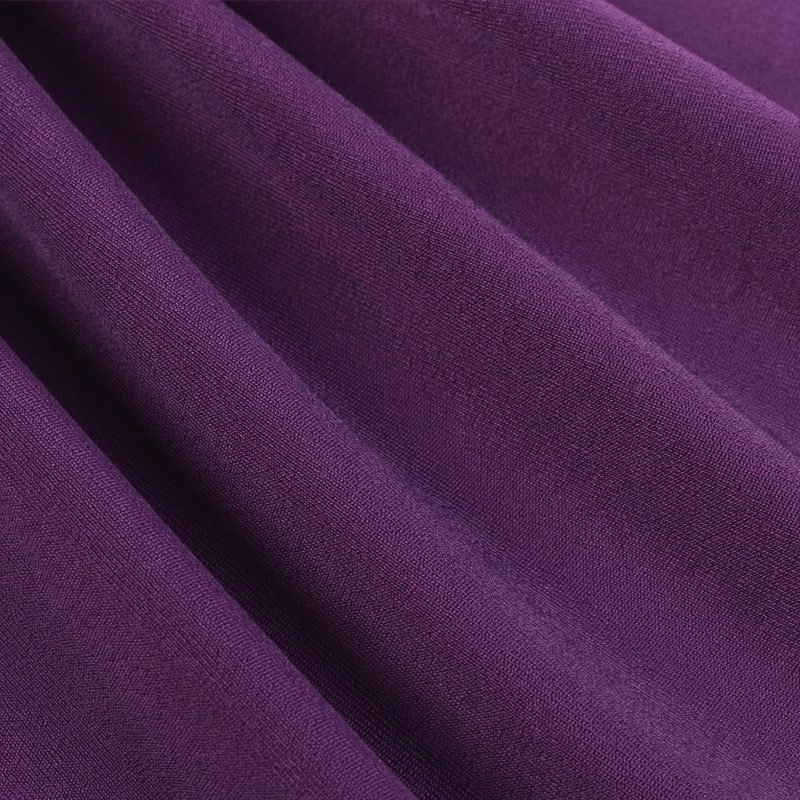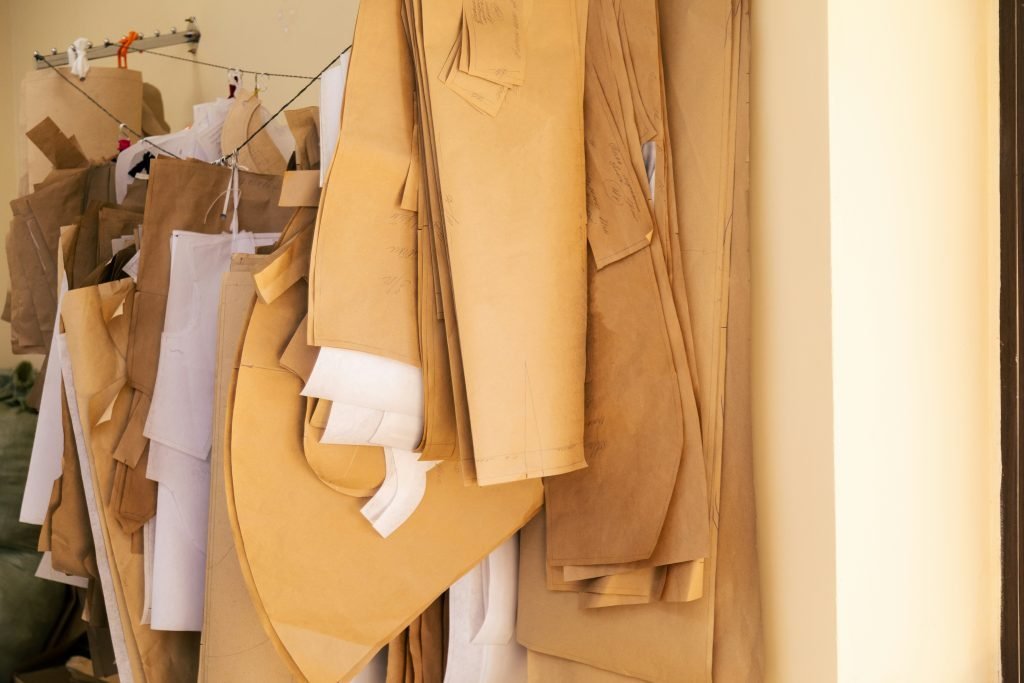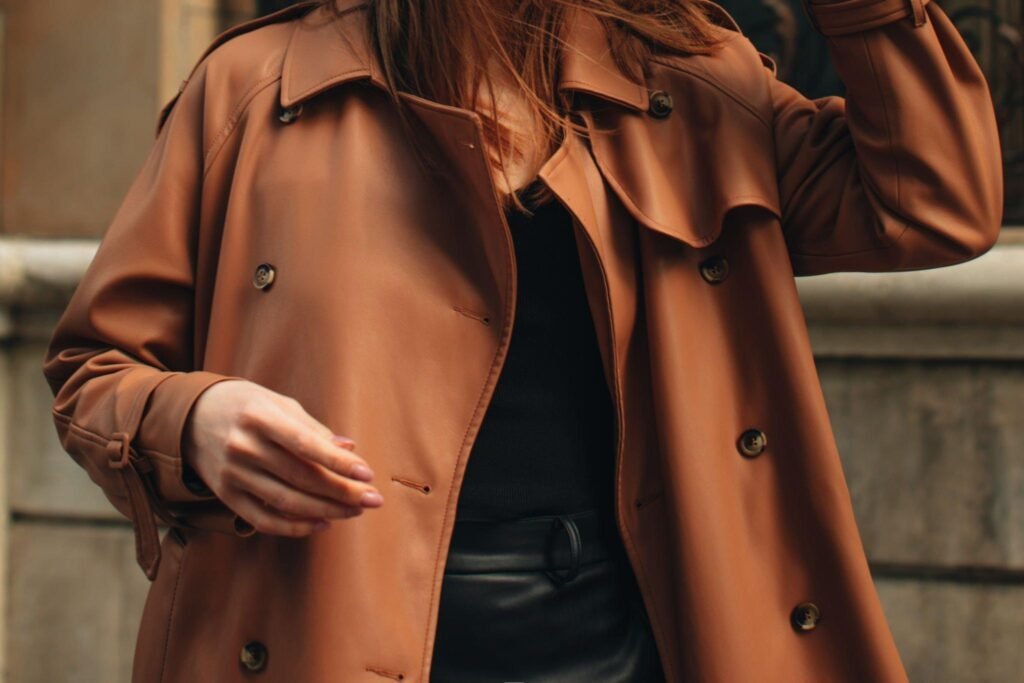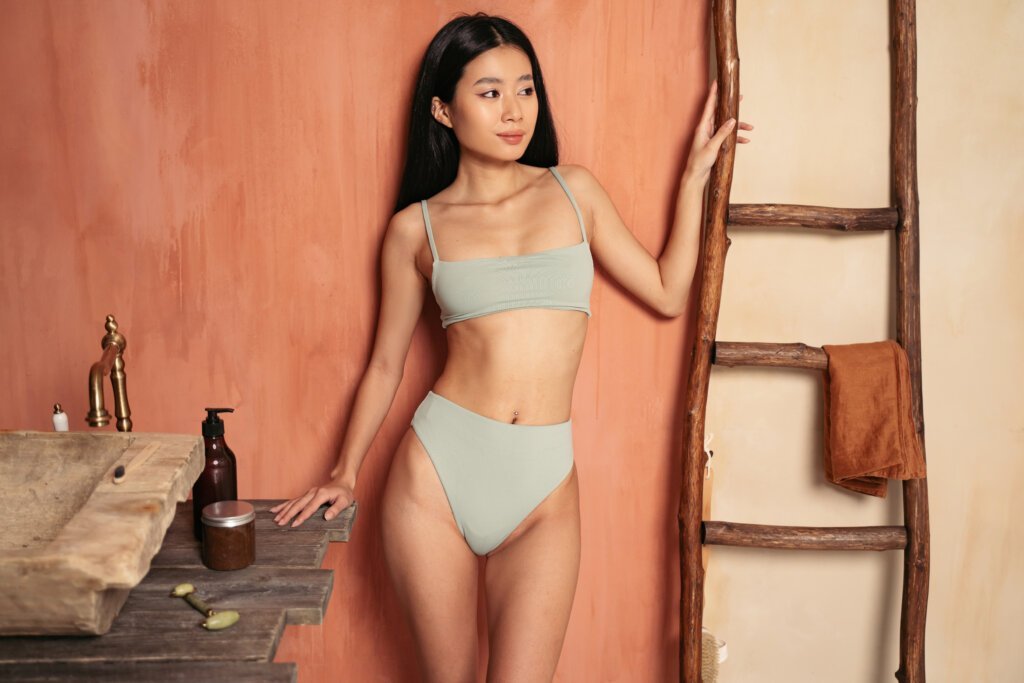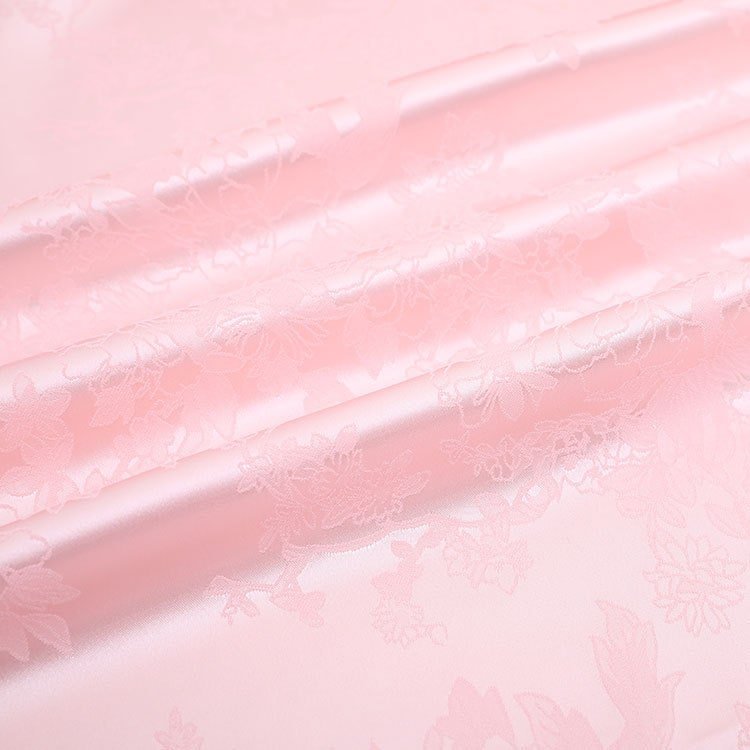
Satin, along with twill and plain weave, is one of the most important weaves in the textile industry. It creates material that is glossy, smooth, or lustrous. It has a glossy top surface and a dull texture at the back.
It was first developed in the 12th century in China. Then it passed through the Silk Road, leading to wider production in the Middle East. Now, it has spread to many countries across the globe.
Satin was a highly-regarded textile back then. They reserve this material for the clothing of royals and rich aristocrats. In short, satin symbolized wealth and prestige.
What is Satin Fabric?
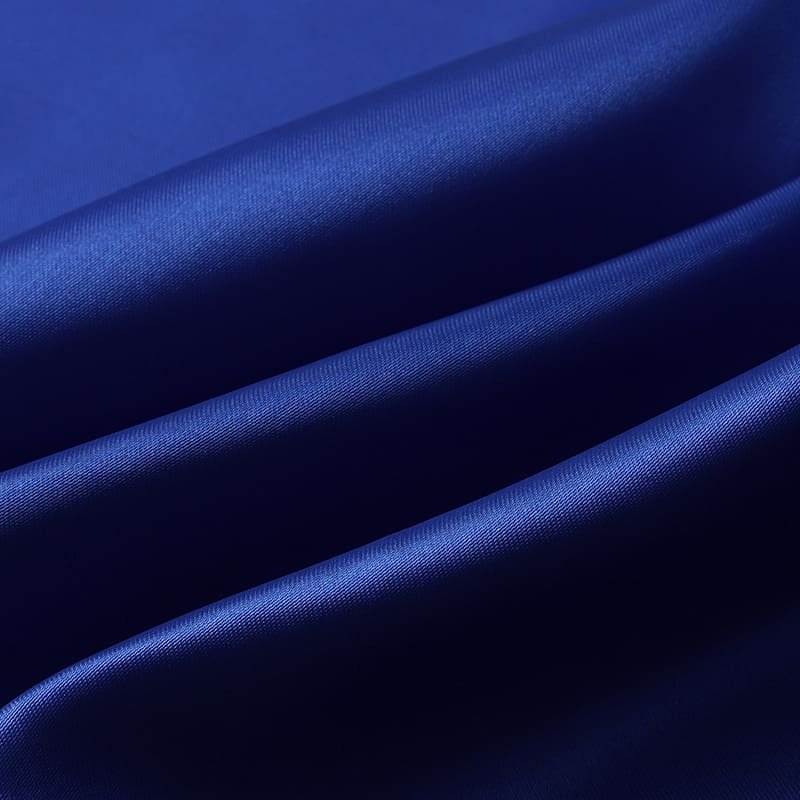
Satin fabric is made using the satin weave technique, which involves lengthy floating yarns on the fabric’s surface. Satin has several characteristics, including:
- Smooth, shiny surface
- A high degree of drape
- Soft and luxurious
- Can withstand wear and tear
- Versatile
Types of Satin Fabric
Plain Satin Fabric
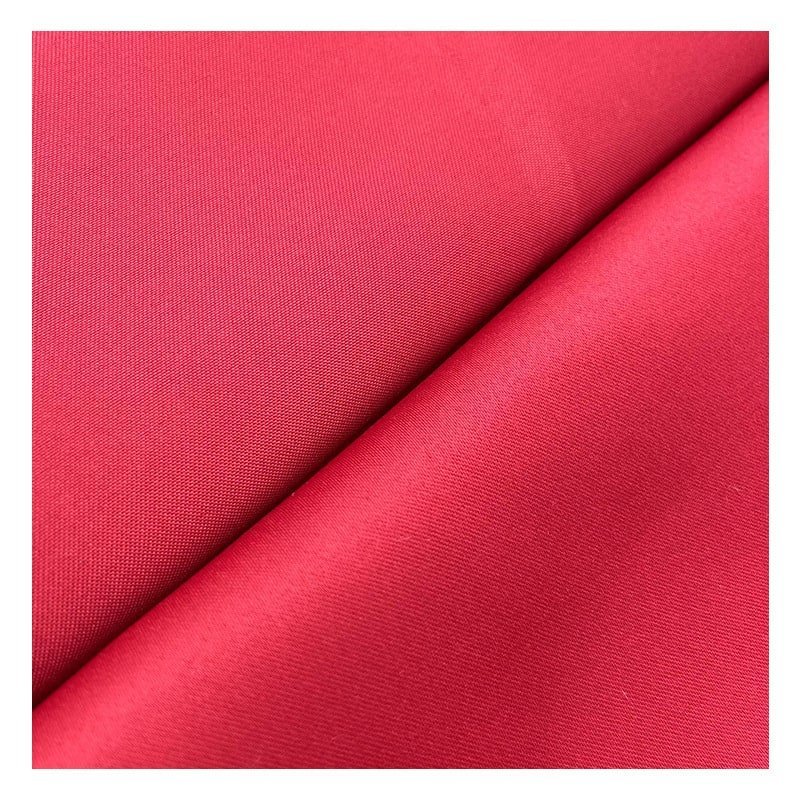
Plain satin fabric is often known as the simplest weave. It has a warp-faced construction. This means the warp yarns float over multiple yarns. It creates a smooth and glossy front surface.
Antique Satin
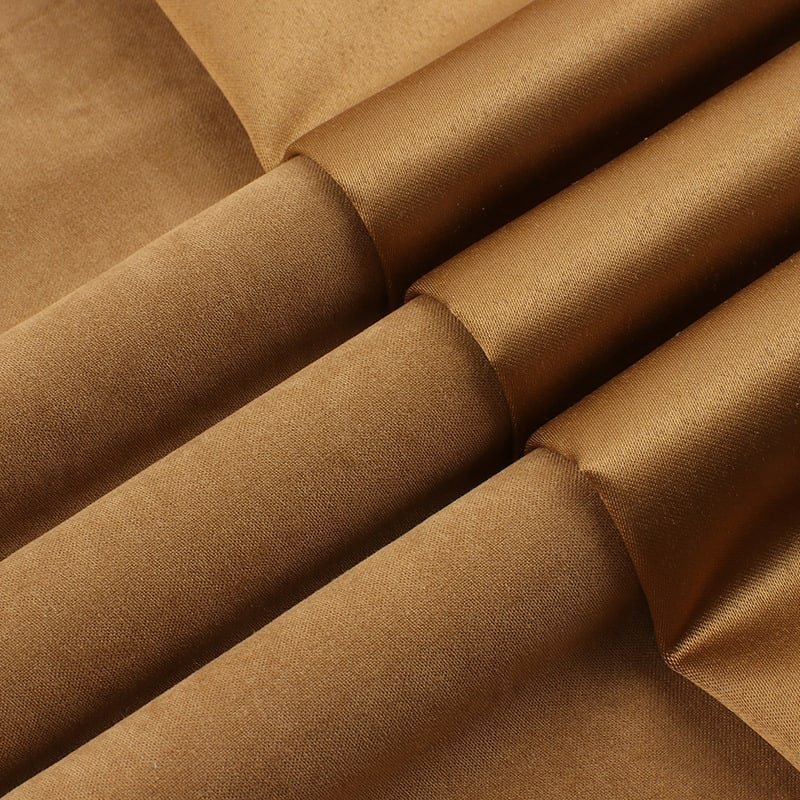
This reversible satin weave is also popular for its name, “satin-back crepe.” Antique satin has two different surface characteristics. On one side is a satin face, while on the other side is a crepe.
Duchess Satin
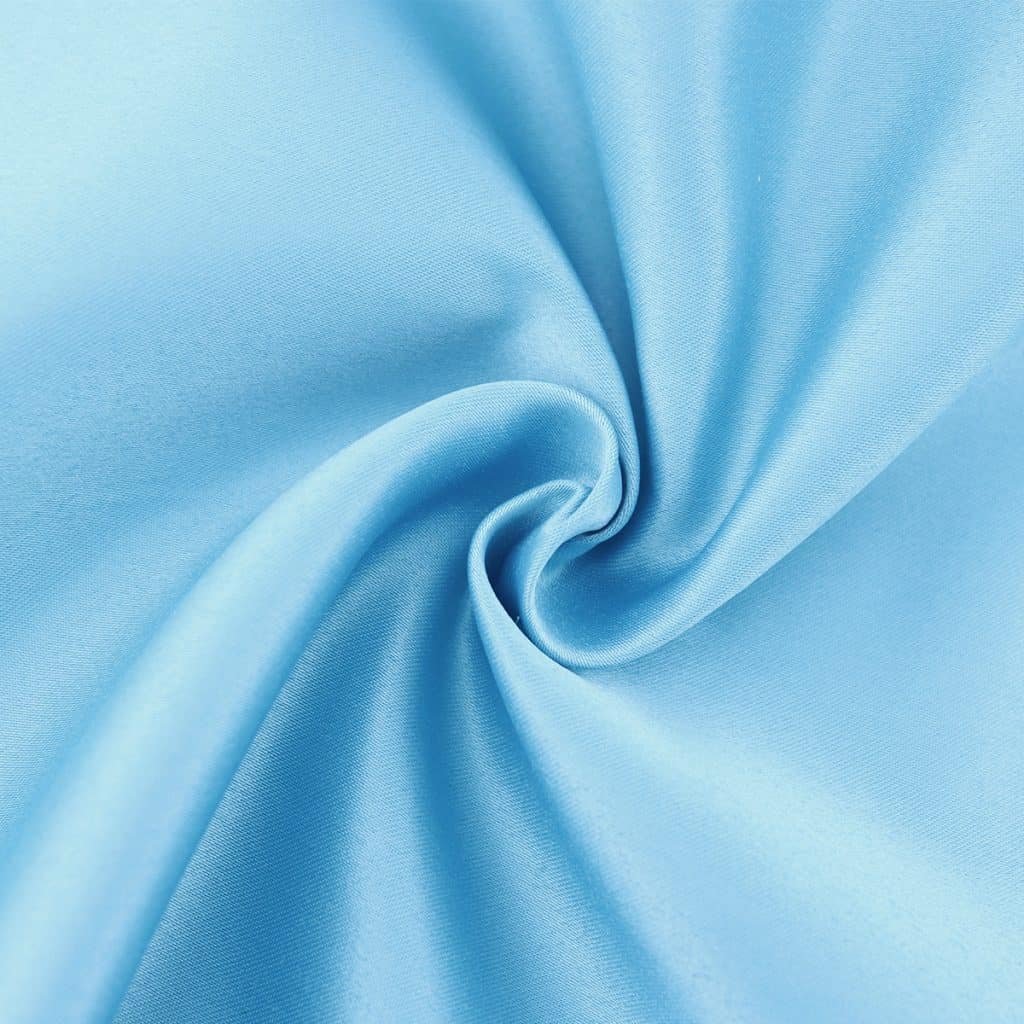
Duchess satin represents a heavy-weight satin weave. It has a high thread count. It often comes from silk or synthetic fibers, creating a luxurious drape.
Charmeuse Satin
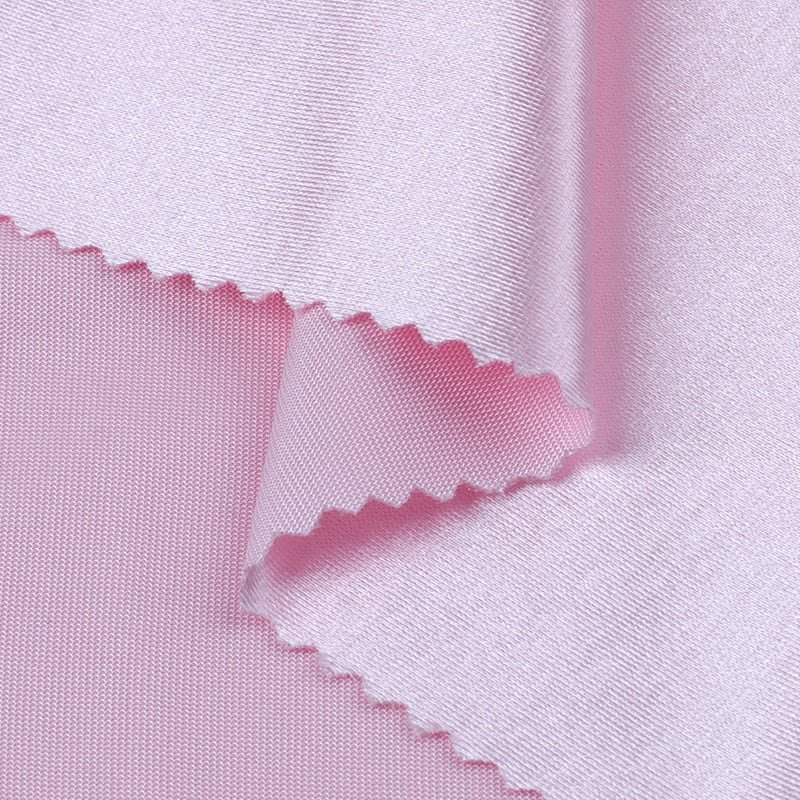
This is a lightweight satin weave that comes from silk and synthetic fibers. This has two different surfaces. It is glossy in front and dull at the back.
Slipper Satin
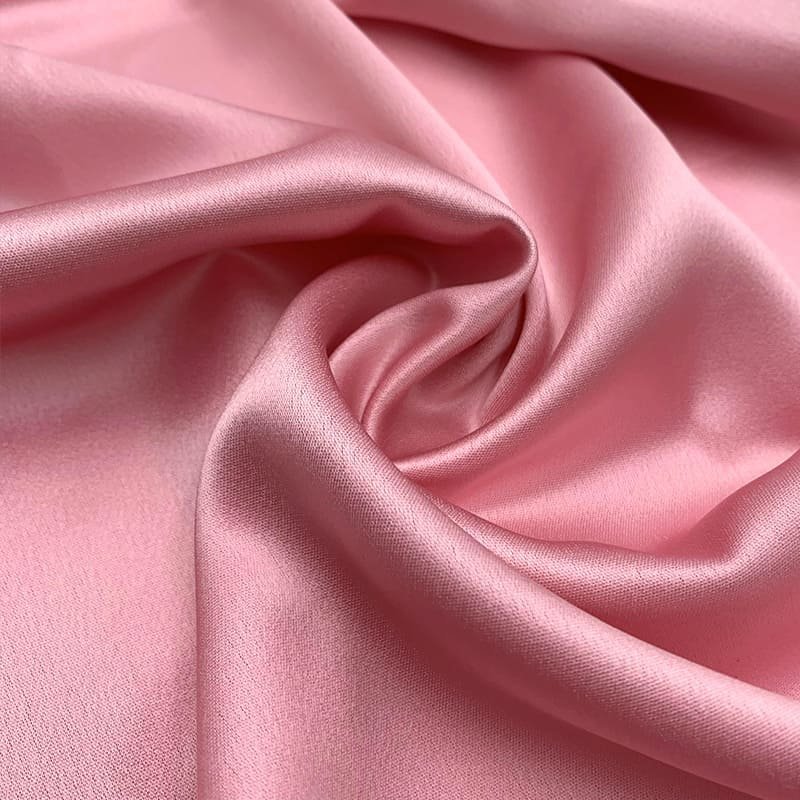
This one falls in the middle of a heavy and light weave. It has a medium-weight satin weave. It provides excellent usage for drapery and bridal gowns.
Baronet Satin
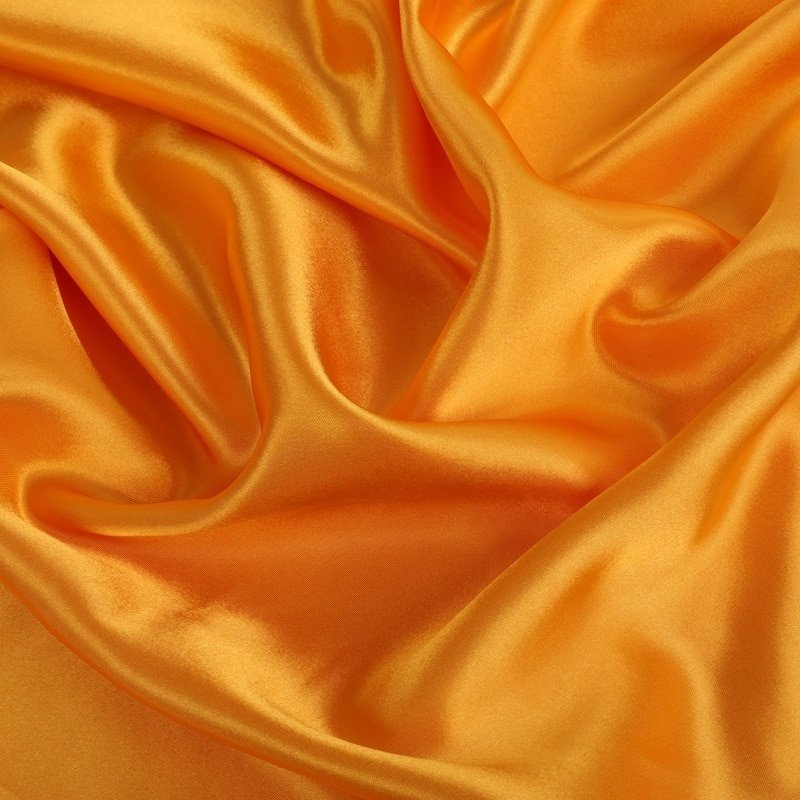
Baronet satin comes from rayon warp and cotton weft threads. The rayon warp threads create a gleaming surface. And the cotton weft threads provide strength and durability.
Messaline
Messaline is a lightweight satin with a shiny sheen. It comes from rayon or silk. Its smooth and gleaming surface makes it great for flattering and comfortable dresses.
Poly Satin
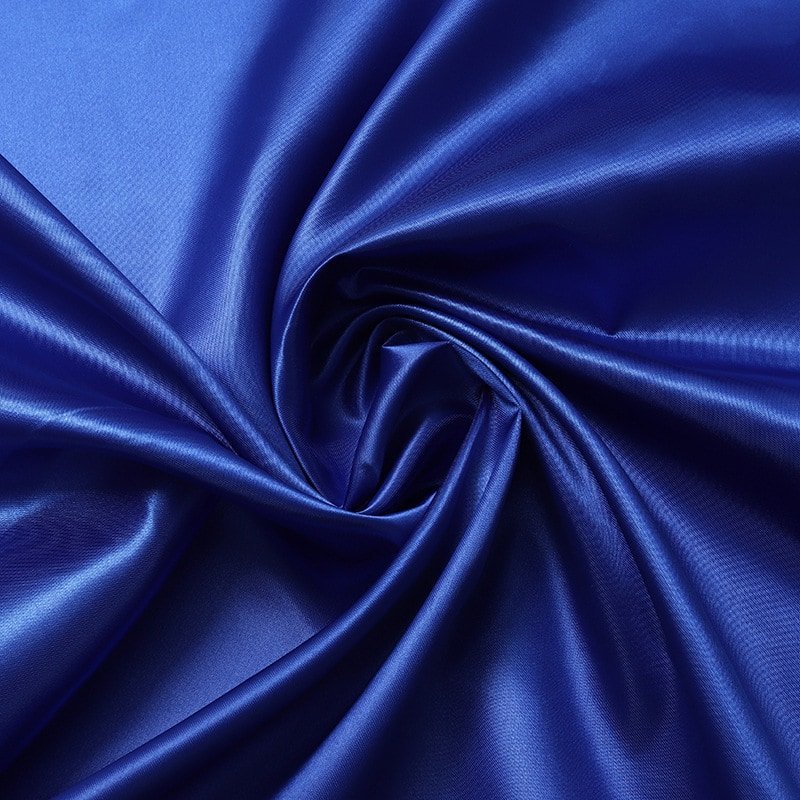
People produce this type of satin using polyester strands. Polyester is a long-lasting synthetic textile. It is famous for its wrinkle resistance and ease of cleaning. Polysatin is suitable for curtains and upholstery.
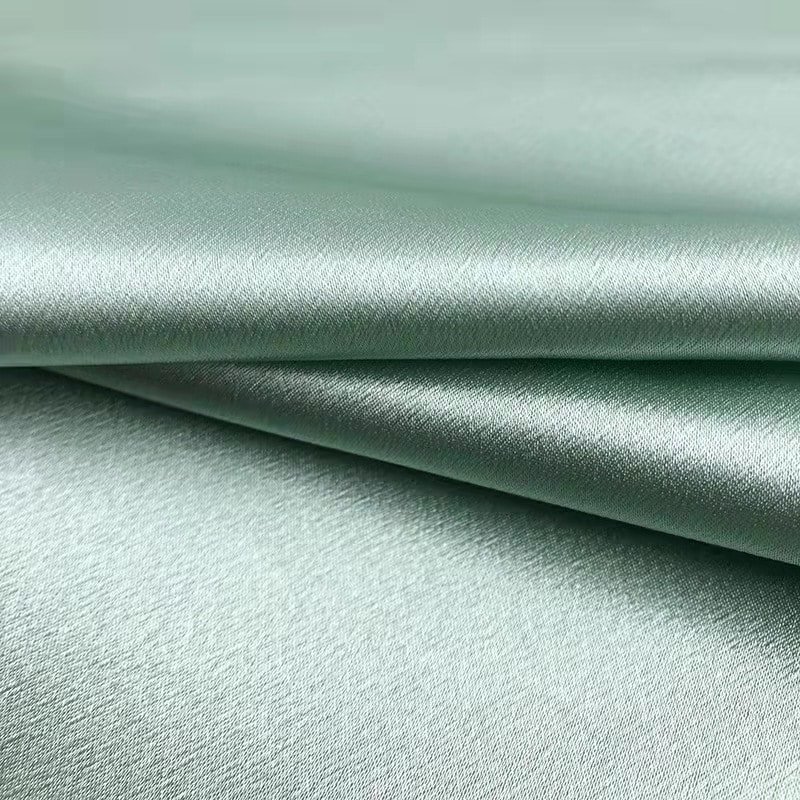
Different Satin Weaves
Satin weaves vary in texture, gloss, and durability. Each weave variation has a distinct appearance and feels, allowing for various fabric-based applications. Here are the three types of satin weaves that you should know:
4 harness satin weave
The weft thread in this weave goes over three warp threads and then under one. This results in a fabric with a smooth, glossy surface and a great drape. It’s good to use for apparel and furniture.
5 harness satin weave
The weft thread in this weave goes over four warp threads and then under one. This gives the cloth a slightly rough surface. It finds its best use in clothes and drapes.
8 harness satin weave
The weft thread in this weave goes over seven warp threads and then under one. This gives the fabric a very smooth, glossy surface and superb drape. It’s a high-end fabric that is useful for upholstery and apparel.
Uses of Satin Fabric
The contributions of satin fabric go beyond fashion. Its features make it one of the favorite materials for adding a luxurious touch. Now, it can be used for a variety of purposes, such as:
- Couture wedding and evening gowns
- Home furnishing and draperies
- Flower making
- Lining for jackets and coats
- Ballet shoes making
- Bedding and linens
- Hats and ties
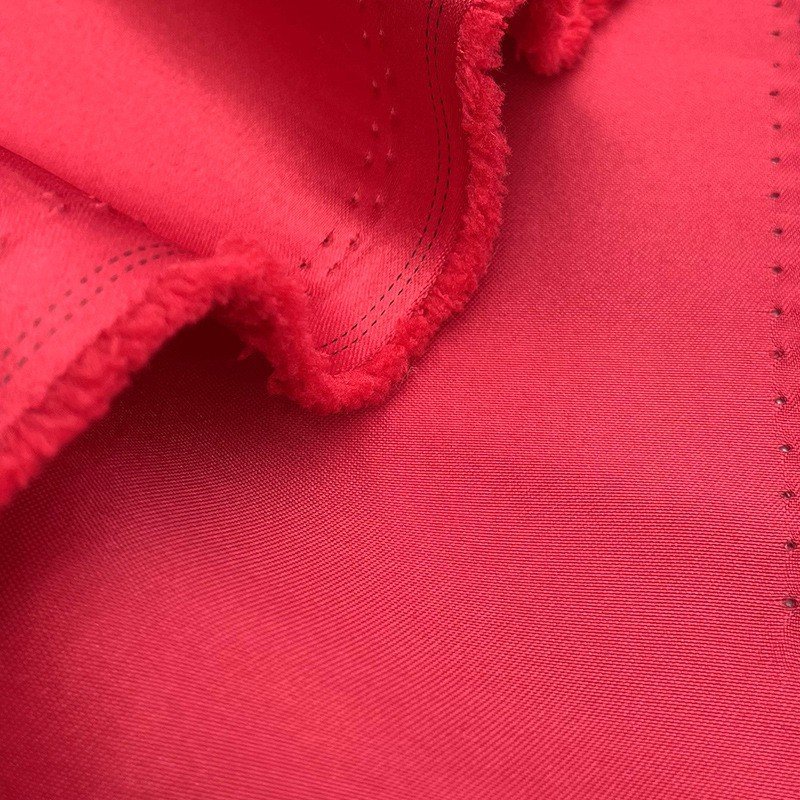
FAQ about Satin Fabric
What is the difference between satin and sateen?
These two fabrics can differ in composition and surface. Satin comes from filament fibers, and sateen comes from short-staple yarns. The surface of satin is glossy, while sateen is an imitation of satin. Sateen has the same shine and softness as satin.
Sateen is more durable than satin fabric. It is machine washable. Meanwhile, satin needs occasional dry cleaning or hand-washing.
What is the difference between silk and satin fabric?
Silk falls under the category of natural fabrics. Manufacturers make satin out of the larvae of different insects. It comes from a wrap-dominated weaving technique.
Satin is glossy in front and dull at the back. The surface of the silk is shiny on both sides.
In terms of strength, satin has less durability than silk.
Which is better, satin or cotton?
If you prefer fabric with less tendency to wrinkle, choose satin. If you need a heavy and coarser material, go for cotton.
Cotton is a friendly option for people with smaller budgets. This fabric is more affordable than satin sheets. But it is breathable.
Depending on the use of the fabric, satin fabric is smoother and silkier compared to cotton. It will also give you more luxury vibes.
Is satin cheap fabric?
The cost of satin may vary because of different factors. Since satin is often associated with luxury for its elegant features. Better quality means a higher cost.
The satin fabric also has different grades depending on the needs of its users. So there is no clear answer to whether this fabric is cheap or expensive.
How do you wash satin?
Hand washing is the safest option when washing satin. For best results, it is also better to use a gentle laundry detergent.
You can choose to machine-wash satin. But only use cold water on delicate cycles. Make sure to follow the instructions indicated on the manufacturer’s label. This will help you avoid damaging the fabric.
Conclusion
People associate satin fabric with wealth and prestige. Satin fabric is a luxurious and elegant textile that is often used for high-end clothing and home decor. It has a smooth and shiny surface that makes it stand out from other fabrics.
Satin can be made from a variety of materials, including silk, synthetic fibers, and cotton. It is important to care for satin properly, as it can be delicate and prone to damage. Overall, satin fabric is a beautiful and versatile textile that is sure to add a touch of sophistication to any project or outfit.

